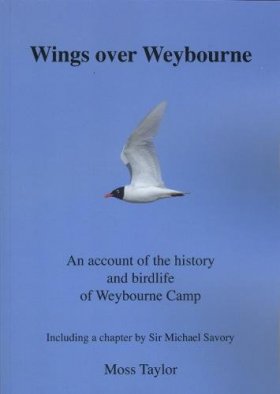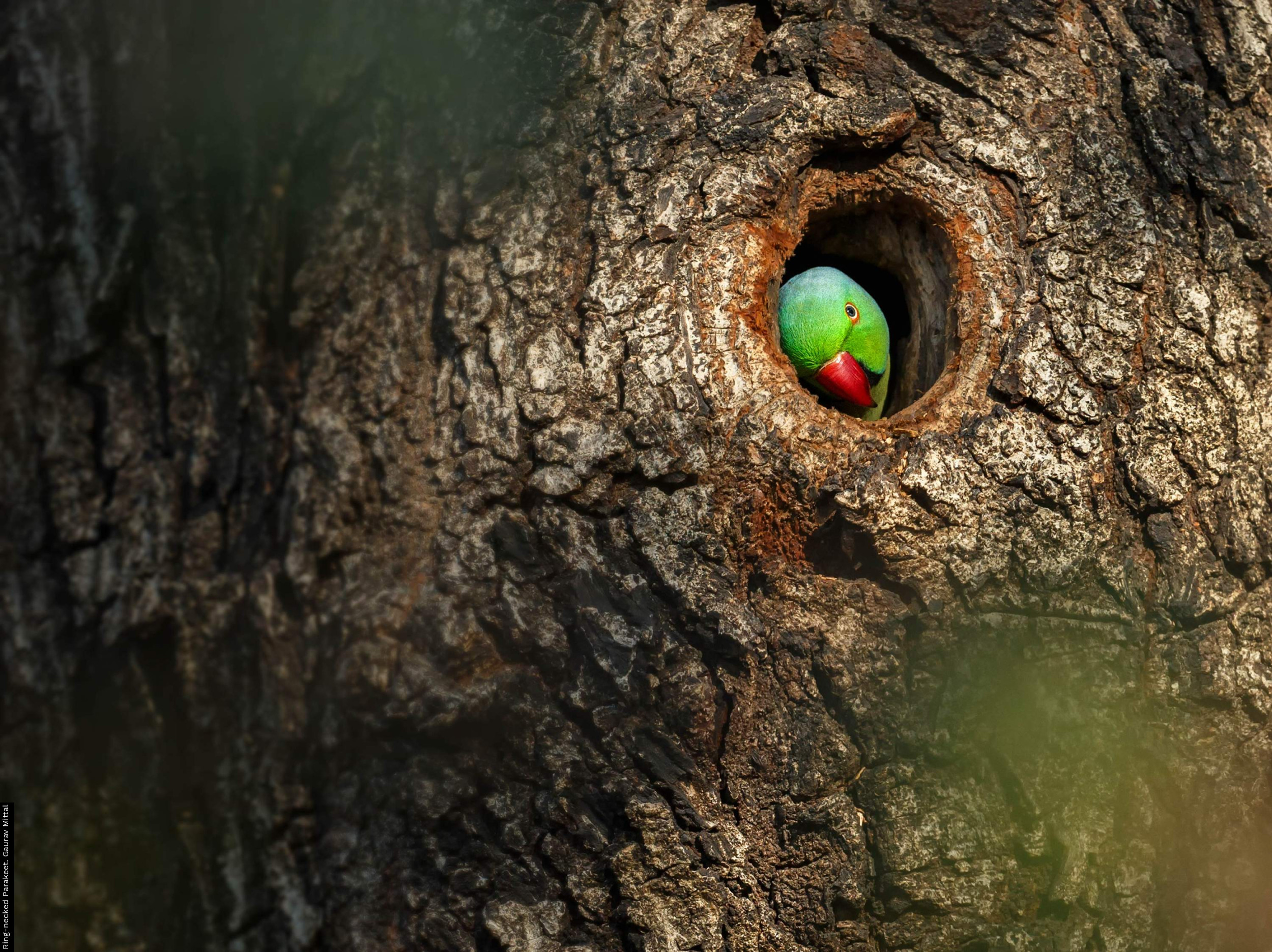
Publisher: Wren Publishing, Sheringham
Publication Year: 2018
Binding: Softback
Page Count: 146
ISBN Number: 9780954254568
Price: £ 15.00
Wings over Weybourne: an account of the history and birdlife of Weybourne Camp
The phrase 'patch recording' was probably first coined by the doyen of British birders, Ian Wallace, who, for most weeks over the past 60 years, has religiously recorded the birds seen in one defined area (patch) close to his home. This type of recording is regarded by many to be the ‘purest’ kind of birding there is because the activity engenders a greater understanding of the daily, monthly and seasonal rhythms of life. Though important and immensely rewarding on an individual level, its real value, providing it is chronicled for future generations, allows us to look back at bird communities then and compare them to what we have now.
“Patch’ studies by individuals involving long runs of data over many decades (the most useful) are rare, very rare. Moss Taylor, a well-known and long-time Norfolk birder from Sheringham, must be congratulated for undertaking 47 years of systematic recording at Weybourne Military Camp. Taylor moved to Norfolk in 1972 and quickly established his “patch” on the Camp. It became the centre of his birdwatching and ringing activities for the next 46 years. He still visits most days.
But where exactly is Weybourne Camp? If you travel the coast road from Blakeney to Sheringham, as many birders do, you will pass through Weybourne village and see no trace of the Camp until someone points out that it sits behind the Muckleburgh Collection. The Camp itself is now private with no public access. Historically Weybourne is legendary for its feuding, invasion and military conflicts. The opening chapter in the book, History of the Defence of Weybourne and written by Sir Michael Savory, the owners of Weybourne Camp, provides a fascinating insight into the Camp’s military history. Of course there have been many changes to the land use over time to this area and Chapter 2 Changes in Land Use over the Centuries describes these. Both these opening chapters are fascinating and provide context in the way bird communities have changed over time on the Camp.
The other four chapters of the book chronicle the birdlife on the Camp – Five-yearly Summaries and Highlights since 1972; Classified List of Species Recorded on Weybourne Camp & Muckleburgh Hill; Breeding Birds of Weybourne Camp and Muckleburgh Hill; Bird Ringing on Weybourne Camp. The North Norfolk Coast of course is one of the UK’s birding hotspots so it won’t come as a surprise to birders to discover that the Camp has seen its fair share of common and rare migrants over the recording period. What I find both interesting and alarming reading through the accounts is the stark contrast between the abundance of common migrants and endless number of rarities recorded in the 1970s and early 80s and the dearth of birds as recorded now, perhaps partly explained by habitat degradation of the area in more recent times, though largely as a consequence of wider changes to UK migration patterns and, of course, our weather! One can’t help feeling that the best days of witnessing large scale grounding of migrants with its mix of common and rare and scarce birds is a thing of the past?
This book, I imagine, will appeal to those birders who live in Norfolk or are frequent visitors to the famous coastline. However, military historians and geologists will learn much from the book too. The chapters are interspersed with historic photos of Weybourne and surrounding area together with shots of birds in the field and in the hand, mostly of scarce or rare birds.
This work is likely to prove to be of historic value in the years ahead. We, as birders, will look back on works like this and thank the devotees of ‘patch’ recording for allowing us to glimpse the past and compare it to how we see things today!
All profits from the sale of the book will go to the charity “Love for Leo”, set up by the author and his partner Robina Churchyard, which helps finance equipment and treatment that is not available under the NHS, for Norfolk and Suffolk children with cerebral palsy.Book reviewed by Jeff Baker
buy this book





Share this page